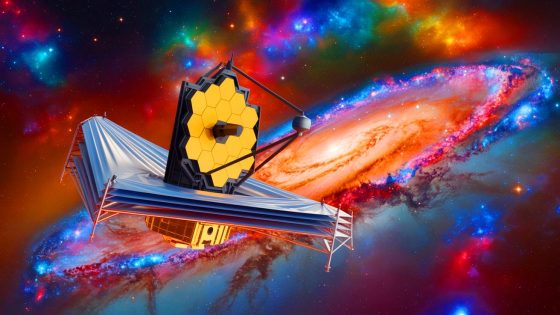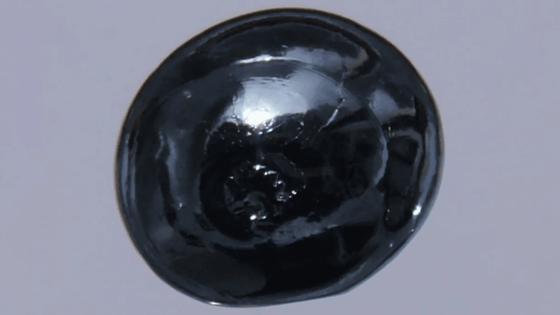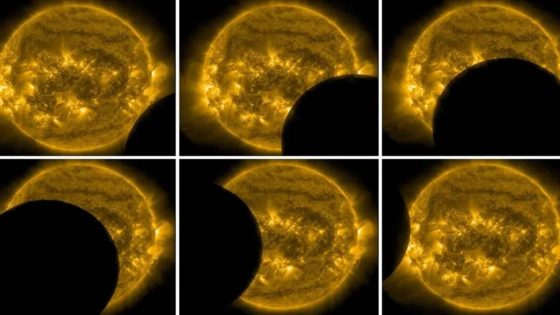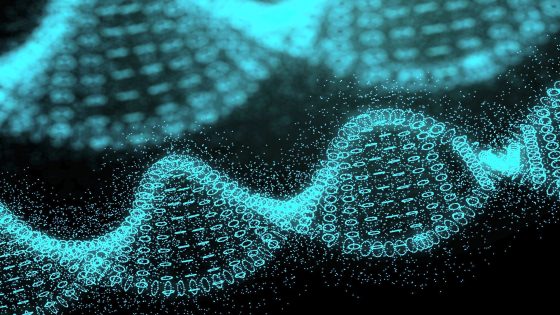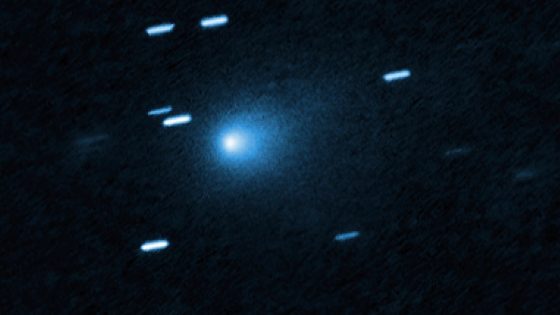Recent discoveries using the James Webb Space Telescope (JWST) have unveiled surprising insights into the rotations of ancient galaxies, challenging long-held beliefs about cosmic structures. On 2025-08-18 14:19:00, researchers revealed that approximately 60% of these galaxies rotate clockwise, suggesting a potential hidden order in the universe.
- 60% of ancient galaxies rotate clockwise.
- Hypothesis: universe may exist within a black hole.
- Observational bias could skew galactic data.
- New insights challenge current cosmological models.
- Importance of precise astronomical measurements emphasized.
- Continued exploration crucial for cosmic understanding.
This groundbreaking finding raises intriguing questions about the nature of galactic dynamics. Could our universe actually reside within a massive black hole? This bold hypothesis not only reshapes our understanding of cosmic models but also invites further exploration into the fundamental laws governing the universe.
The implications of these findings are profound. If a common rotational direction exists among galaxies, it may indicate underlying forces at play. Consider these points:
- About 60% of ancient galaxies exhibit clockwise rotation.
- This challenges previous assumptions about random galactic dynamics.
- The black hole hypothesis could redefine our understanding of cosmic structures.
- Observational biases must be addressed to validate these findings.
As technological advancements continue to enhance tools like the JWST, the scientific community is poised to uncover even more secrets of the universe. What other mysteries lie in wait for US to discover?



